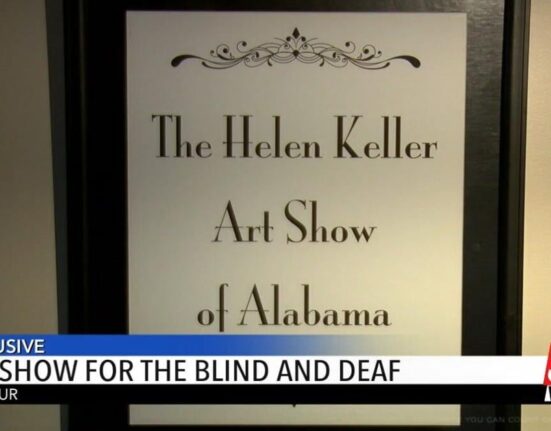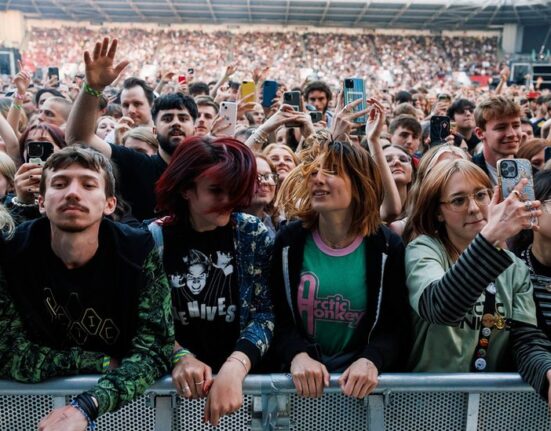Now + There had been producing public art projects in the city since 2015. It also ran a mentorship program to help Boston artists scale their practices up to the often grand proportions demanded by public art commissions.
“This is the moment to say that we’re now a triennial organization, creating a platform for artistic excellence,” Gilbert said. “We’ll continue to find and foster artists through our annual programs, but we’re thinking about it now as a broader call for civic and cultural engagement that people can expect from us every three years.”
While the works aren’t intended to be permanent, Gilbert says they’ll give the triennial a permanent presence. The 2025 event will officially end in October, but many of the 18 commissioned pieces will remain in place for three years, until they’re replaced by the next round of projects.
Gilbert announced the triennial, a once-every-three-years display of public art projects blanketing the city, in September 2022. Since then, she’s been organizing, fund-raising, and recruiting curatorial leadership and partners. When the triennial opens next May, its 18 projects will be joined by installations from many of the city’s major art institutions, including the Museum of Fine Arts, the Institute of Contemporary Art, the Isabella Stewart Gardner Museum, the MIT List Visual Arts Center, and the MassArt Art Museum.
Another key partner is the city of Boston, which has been working with triennial staff to identify sites and expedite bureaucratic necessities like permitting. In a statement, Mayor Michelle Wu said the triennial “will expand our city’s offering of arts experiences that are free and accessible to all, while inviting local and international artists to create in a hub of culture and innovation.”
Working within the themes of equity, climate and biodiversity, indigeneity, shared humanity, and addiction and wellness, inaugural triennial curator Tess Lukey said projects would be paired with neighborhoods and communities where the artists find strong connections.
“This is not about plopping down artworks in places where people don’t really want them, or feel like they’re being imposed on,” she said. “One of the things we’ve been talking about is community members writing postcards to the artists, telling them about their favorite places and why they matter. To me, that’s such a beautiful and personal way for the artists to discover what’s important to them.” She’s working with the triennial’s artistic director Pedro Alonzo to help facilitate those connections.
Because of that process, almost all of the sites are yet to be finalized, Gilbert said. But she did say that at least a half-dozen of the 18 works would be within the downtown loop. Most importantly, she said, is that each of the projects are intended to leave something of value behind. “At the end of each of these, we want to be able to say that there was a lasting impact,” she said. “That communities are more engaged and connected, and that we’ve helped build relationships here.”
Murray Whyte can be reached at murray.whyte@globe.com. Follow him @TheMurrayWhyte.






